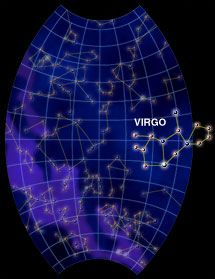Virgo is found in the months of April through July.
Click on image for full size
Windows to the Universe original image
Virgo
The constellation Virgo is known as The Maiden. Virgo is the only female member of the zodiac. The constellation represents almost every famous and powerful female in mythology, including Athena, Artemis, Persephone and Demeter. She is usually carrying a grain of wheat and a staff.
The brightest star in the constellation is Spica, which happens to represent the grain of wheat. Hence the name, which is Latin for "ear of wheat". In the image, Spica is the large, white sphere in the lower left region. At first the constellation doesn't look like a person, until you realize she is lying down! Her head is towards the east.
There is one cluster of stars called NGC 5634 located in Virgo's right leg. Unfortunately, there are no nebulae, but the large number of galaxies makes up for it. There is a large cluster of galaxies to the east of her left arm. It contains over 3,000 galaxies, many of which can be spotted with a telescope.
You might also be interested in:
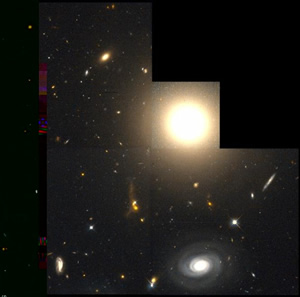
When we look out into the Universe we observe some rather remarkable structure. We have seen that stars cluster together to form galaxies. But galaxies also cluster together to form much larger structures.
...more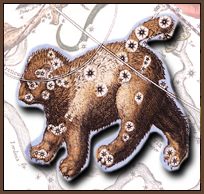
Many different constellations fill the evening sky in the northern hemisphere. Depending on your location and the season, different constellations can be seen. Northern circumpolar constellations can be
...more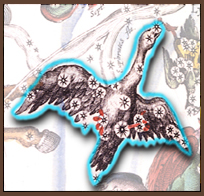
Many different constellations fill the evening sky in the southern hemisphere. Depending on your location and the season, different constellations can be seen. Southern circumpolar constellations can be
...more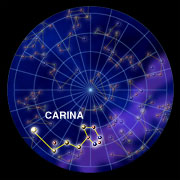
The constellation Carina is known as the Keel, which is the bottom part of old ships. Carina was originally a part of Argo Navis, which was a huge boat in the night sky. It has since been divided into
...more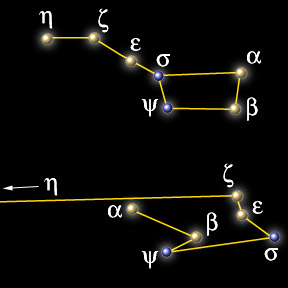
In most cases, however, the stars that we see that seem to be "close" to each other actually are quite far apart, some stars are much closer or farther than others as is shown in the example below of Ursa
...more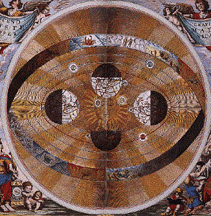
In our time, scientists (and most people!) know that the constellations seem to move across the sky because the earth rotates on its axis. What, you may ask, does the turning of the earth have to do with
...more
If you look at the night sky at different times of the year you see different constellations. This change is due to the motion of the Earth in its orbit around the Sun. As the Earth revolves about the
...more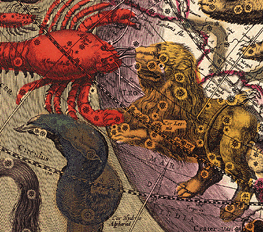
Many cultures have seen distinctive patterns, called constellations, formed by the stars in the heavens. Constellations are usually comprised of bright stars which appear close to each other on the sky,
...more


